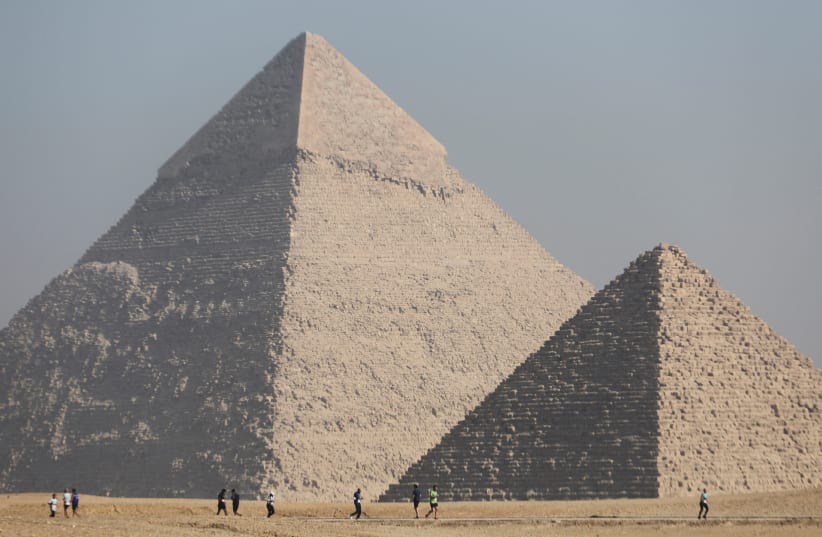A groundbreaking study has uncovered a gruesome "trophy-taking" practice in ancient Egypt, as 12 severed hands were recently found. This discovery offers the first tangible proof of hand amputations in ancient Egyptian culture, providing new insight into the darker aspects of their history.
The discovery was first published by lead author Julia Gresky from the Division of Natural Sciences at the German Archaeological Institute in Berlin in the journal Nature.
The hands were found buried, palm down, in three separate pits within the courtyard of the ancient Egyptian Hyksos palace in the north-eastern archeological site of Avaris, also known as Tell el-Dab'a in modern times.
The Hyksos palace was built in the 15th Dynasty, 1640 BC-1530 BC, and it served as the capital during the Second Intermediate Period.
In previous archeological digs, archaeologists have found severed hands in ancient Egyptian tomb inscriptions, but this is the first time that archaeologists have found physically severed hands.
The researchers said that it is still unclear if the hands were amputated from people who were already dead or if they were still alive.
What is currently known by researchers is how the ancient Egyptians amputated the hands. Because of how the hands were found, it looked like whoever did it amputated the hands from the lower part of the arm.
"One technique of severing hands is to cut the joint capsule and open it by intersecting the tendons spanning the wrist joint," the researchers wrote. "If done correctly, there are no cut marks on the bones. If done unprofessionally, however, cut marks are to be expected."
The researchers determined that in order for the hands to be successfully placed in the pits, the hands themselves would have had to be soft and flexible when being placed. They've determined that the time to do so would be right after rigor mortis.
When the archaeologists found the hands, they determined that the hands were fully intact with tendons and ligaments, which held the bones together, when buried.
The researchers were also able to determine that the hands belonged to adult males.
Why did they amputate their hands?
A common practice in the ancient Celtic world was the decapitation of slain warriors, with their heads being mounted on spiked as a symbol of victory in battle.
Recent research suggests that the Hyksos people brought the practice of "trophy taking" - the amputation of the right hands of enemies - to Egypt around 50-80 years prior to its depiction in Egyptian tombs.
This new study sheds light on the evolution of ancient warfare practices and highlights the influence of foreign cultures on the development of Egyptian society.

